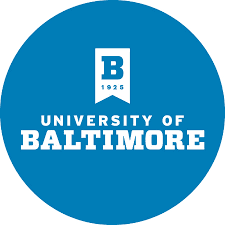
University of Baltimore
Also known as: UB

Also known as: UB
The University of Baltimore, located in Maryland, has an acceptance rate that reflects its accessibility as a public institution focused on professional and continuing education. For the most recent admission cycle (Class of 2028), the overall acceptance rate is reported at approximately 89.4%, based on data from historical trends and the university's official admissions resources. This rate is influenced by factors such as the size of the applicant pool, which has remained relatively stable in recent years, and the university's commitment to providing opportunities for non-traditional and transfer students. The University of Baltimore publishes transparent admission statistics through its official website and participates in the Common Data Set initiative, offering reliable insights into its selectivity.
Over the past few years, the University of Baltimore's acceptance rate has remained relatively high, indicating a less competitive admissions process compared to selective private institutions or flagship state universities. There is no significant trend toward increased selectivity, as the university continues to prioritize access for local and non-traditional students. Compared to peer institutions in Maryland, such as Towson University or the University of Maryland, Baltimore County, the University of Baltimore maintains a more inclusive admissions policy. For the most accurate and up-to-date information, prospective students are encouraged to visit the University of Baltimore Admissions website or review the Common Data Set reports for detailed statistics.